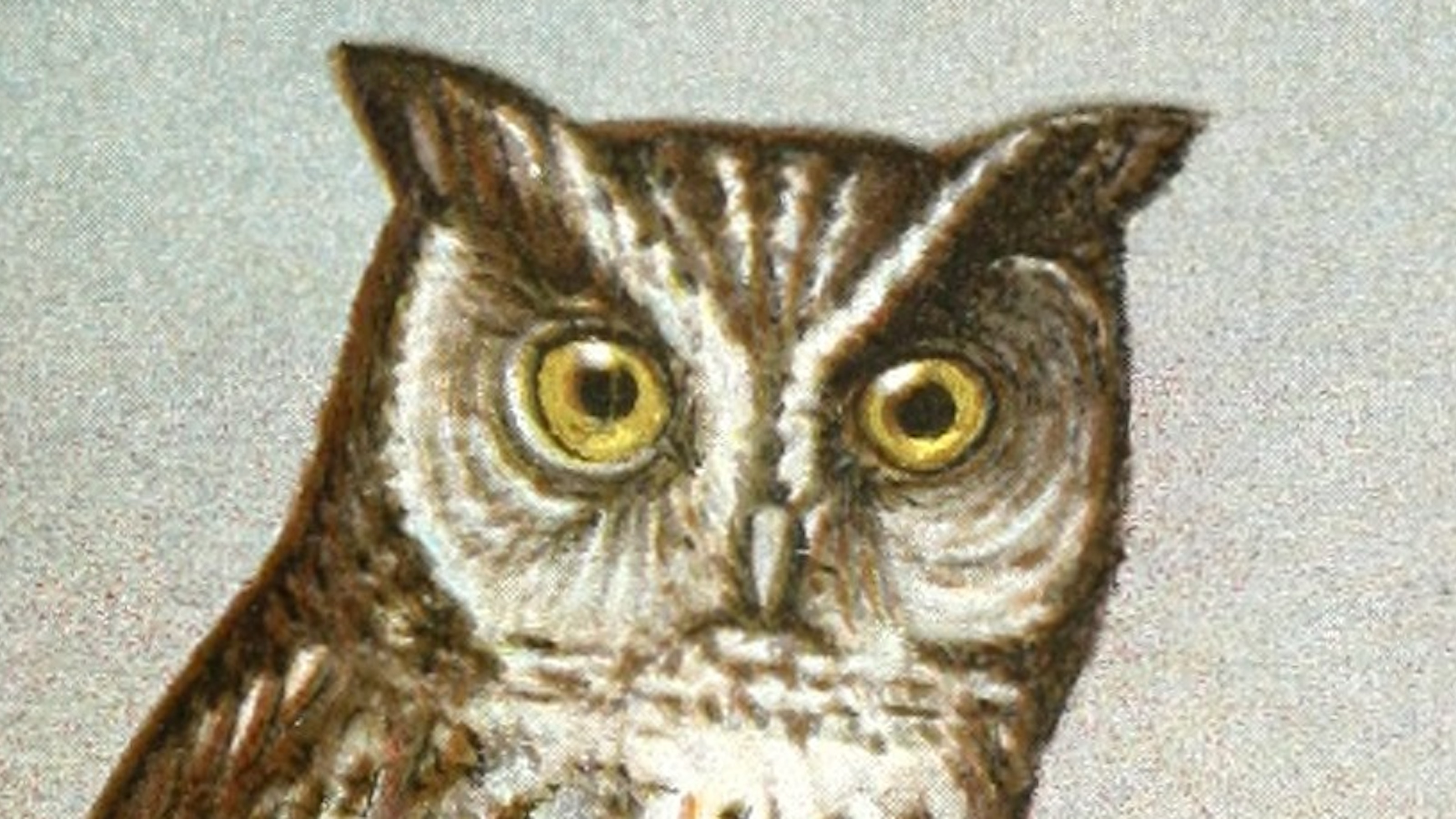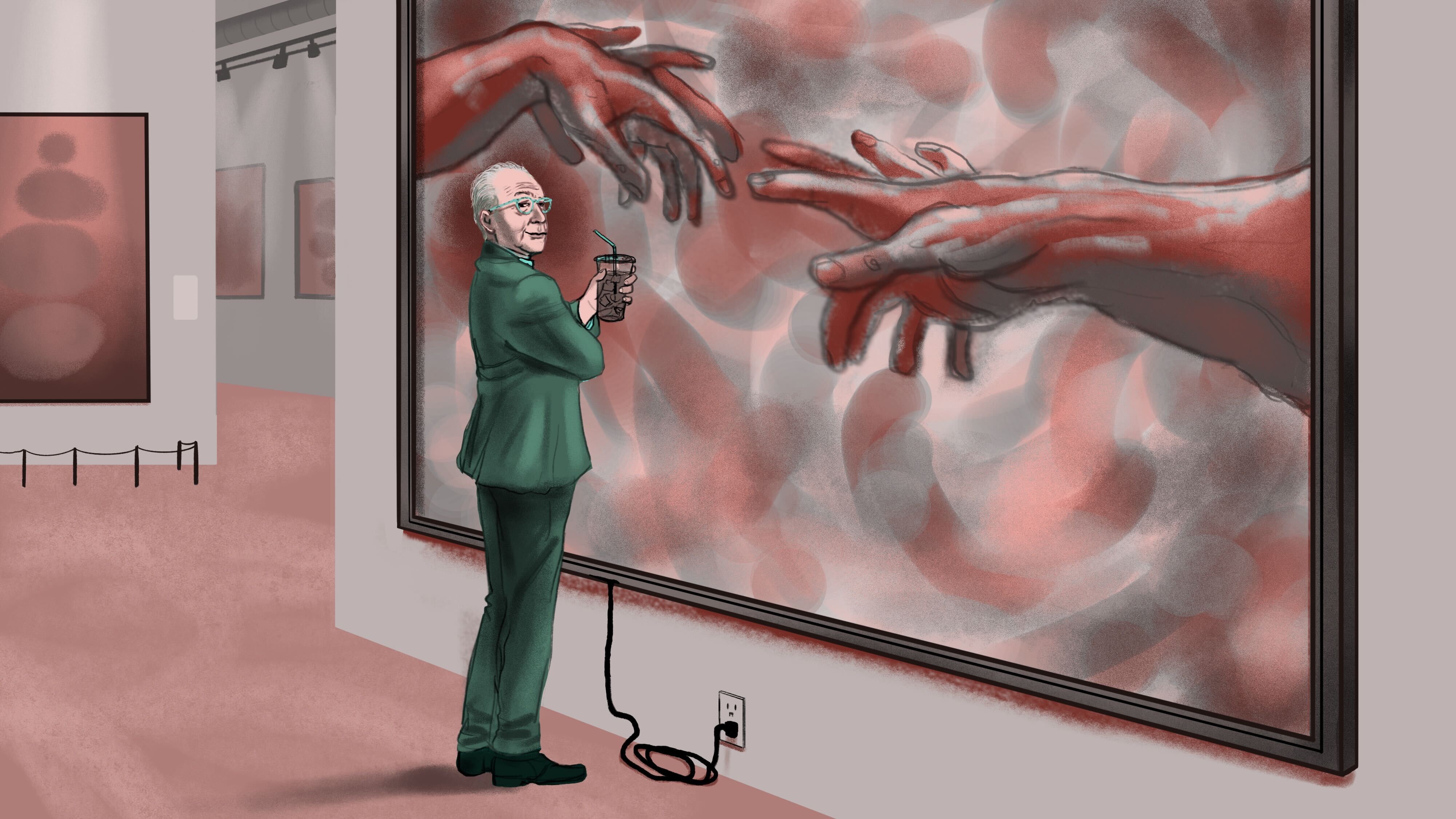Is a “culture of violence” always a bad thing?

Like most people, I’ve been thinking a lot about the shootings in Aurora, Colorado. And over the past week, I’ve seen the tragedy dissected in all manner of ways. I’ve seen Mommy Bloggers eviscerate (and defend) some of the victims for bringing young children to see a violent film. I’ve heard seen religious personalities cite James Holmes’ neuroscience education as a reason for his acts, tweeting, “When students are taught they are no different from animals, they act like it.” And, of course, there have been numerous missives discussing the role the American “culture of violence” played in this tragedy.
The idea, of course, is that a “culture of violence” is a bad thing–something to be avoided, something to protect our children from at all costs.
But I’m not so sure that our “culture of violence” is always such a bad thing. Especially in environments where violence really is the culture, so to speak: where being able to identify and avoid violent situations is key to success and survival.
Let me explain. I’m not arming my son for the upcoming apocalypse or anything (though he did shoot his first weapon before the age of 5). But context, as they say, is everything.
My child was born into the military culture during a time of war. Just before my marriage ended, my family was stationed at an isolated kaserne in Germany. There we stayed while my then husband deployed to Iraq. Each and every day, my son heard the guns and mortars boom in the hills above our home as Soldiers trained for their missions. He inadvertently heard a lot of information about the ongoing wars in Iraq and Afghanistan–in Family Readiness Group meetings and on the news–and he knew Soldiers who died. He witnessed the emotional problems that many of the families around us were having. He had to go to school with children who were acting out, sometimes violently–and I had to let him, knowing that there was no place else for those children, or he, to go.
Simply put, he learned early that the world is not the violence-free Utopia that many people would like to raise all children to believe. He learned that a lot of people carry weapons–and those weapons are to be treated with care and respect. He learned to not freak out at all stressors. He learned that when the school biter came too close, he had to find a teacher or move out of the way. He learned how to thrive in a unique environment. In this strange little microcosm of America, he learned that people have very different values and deal with issues in many different ways. Those aren’t necessarily bad lessons.
For far too many children in American, a “culture of violence” is not something seen in the movies. It’s what they have to deal with each and every day, on street corners, in their homes and in their schools. They will see their mother or their siblings hit. They will understand that wearing the wrong color or shoes could get them shot. They will see their parents and their friends make the ultimate sacrifice for their country.
We have to stop talking about this “culture of violence” as if it is simply a construct. Because there’s more to it than that.
If there is one thing that epigenetics has taught us it is that context is critical. Moshe Szyf, an expert in epigenetics at McGill University, expanded the whole “the genome is the hardware and the epigenome is the software” analogy when we spoke. He told me, “The mother is the programmer. She may not know that she is, but she is.”
A parent’s behavior provides the signals that shape the epigenome, telling the child’s biological system what kind of system to expect. These signals are not “good” or “bad,” per se–they are simply preparing that child to best survive in the world around him. And as much as we’d like to believe that we’re all shiny, happy people Kumbaya-ing together for a better world, that is not always the case. Shielding children from reality isn’t going to help them deal with it (and, at least in the military context, can often harm them more). Pretending that violence and mental illness cannot touch them if they follow certain rules (like never seeing violent films or playing violent video games) is misleading–and, depending on that context, may even be dangerous. Children need the right information in order to adapt and thrive in the environment into which they were born. Sometimes that right information ain’t so pretty.
What do you think? Is a “culture of violence” always a bad thing?
Photo: Kayt Sukel





